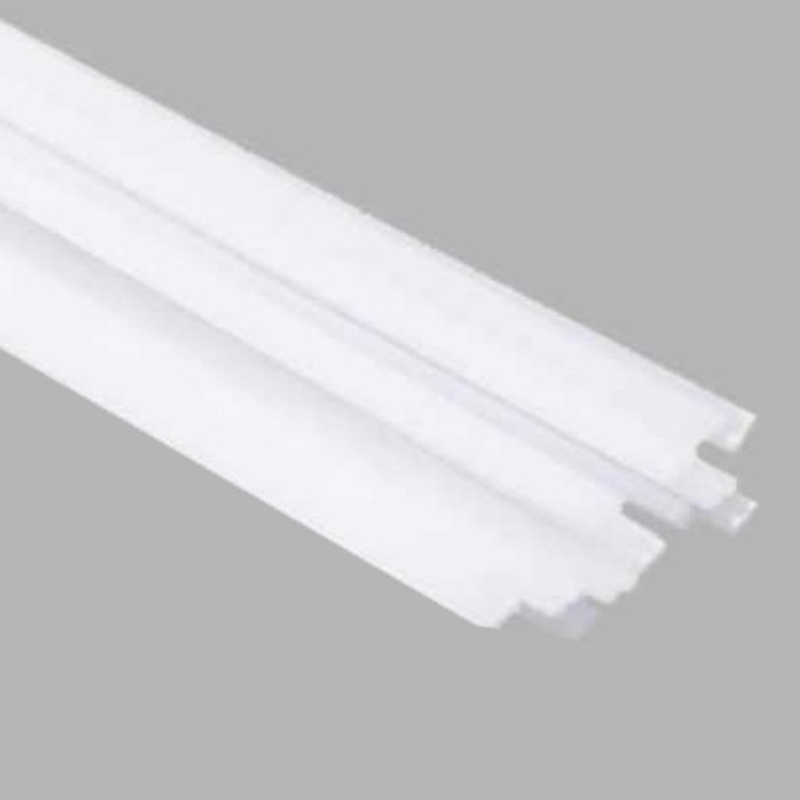Understanding PPH Welding Rods: Essential Insights for the Chemical and Plastics Industry
2025-07

One of the most notable features of PPH welding rods is their outstanding chemical resistance. They can withstand exposure to a wide array of chemicals, making them ideal for applications in environments where corrosive substances are present. This property is especially important in the chemical industry, where materials must endure harsh conditions without degrading.
In addition to chemical resistance, PPH welding rods exhibit good thermal stability. They can be used in a variety of temperatures, which is critical for processes that involve heat application. Their melting point, typically around 160-170 degrees Celsius, allows for effective welding without compromising the integrity of the base materials.
The mechanical properties of PPH welding rods are also commendable. They possess a high tensile strength and impact resistance, which are essential for ensuring that the welded joints can withstand the stresses of operation. This durability is particularly beneficial for applications requiring long-lasting performance, such as storage tanks, pipes, and containers in the chemical processing industry.
When using PPH welding rods, it is crucial to ensure proper welding techniques to achieve optimal results. Pre-welding preparation, including surface cleaning and alignment, plays a significant role in the quality of the weld. Additionally, choosing the right welding method—such as extrusion, hot air, or hot wedge welding—can influence the effectiveness of the process.
Furthermore, the compatibility of the PPH welding rod with the base materials being joined is vital. While PPH rods work well with other polypropylene materials, it is important to consider the specific types of plastics being used to ensure a strong bond.
In conclusion, PPH welding rods are indispensable in the chemical and plastics industry due to their unique properties and versatility. Their chemical resistance, thermal stability, and mechanical strength make them suitable for a wide range of applications, from industrial manufacturing to construction. By understanding these characteristics and best practices for use, professionals can ensure the success of their welding projects and enhance the reliability of their products.
Previous Page:
RELATED INFORMATION
Understanding PPH Welding Rods: Essential Insights for the Chemical and Plastics Industry
PPH welding rods, made from polypropylene homopolymer, play a crucial role in the welding of various plastic materials. In the chemical and plastics industry, these rods are widely used due to their excellent chemical resistance, thermal stability, and mechanical properties. Understanding these characteristics can help professionals in the field make informed decisions when selecting welding mater
Understanding the Importance of PPH Tanks in Industrial Processes
Understanding the Importance of PPH Tanks in Industrial Processes Table of Contents 1. Introduction to PPH Tanks 2. What are PPH Tanks? 3. Benefits of PPH Tanks in Industrial Settings 3.1 Safety Features of PPH Tanks 3.2 Durability and Longevity 3.3 Cost-Effectiveness 4. Applications of PPH Tanks in Various Industries


